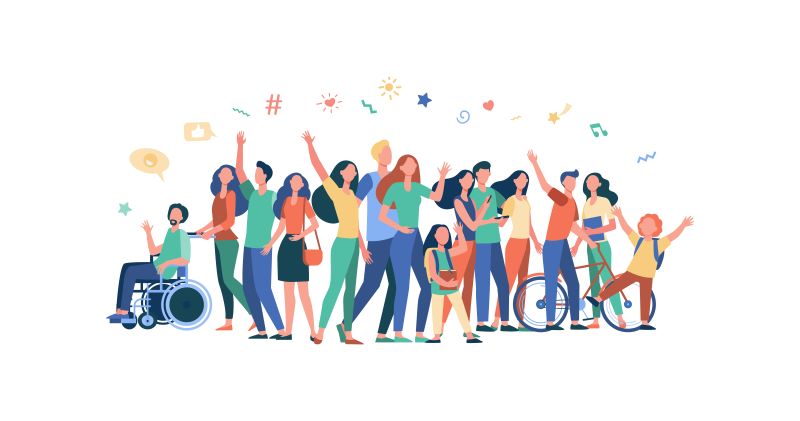Applying the DEI Lens to the Talent Lifecycle
Diversity, equity, and inclusion, or DEI, have become essential components of modern workplaces, impacting not only hiring practices but also strategies for retaining, developing, and promoting talented workers. This blog post will provide an in-depth analysis of how the DEI lens can be applied to the complete talent lifecycle, with a particular focus on the importance of inclusive practices, diversity recruiting, and DEI best practices. By incorporating empirical studies, statistical data, and illustrative cases, we shall also analyze the ways in which these principles influence organizations in India.
Understanding the DEI Talent Lifecycle
The talent lifecycle is an ongoing, all-encompassing method of managing staff members from the moment they are recruited until the time they leave or retire. It usually includes phases like attraction, hiring, onboarding, development, engagement, retention, and separation.

DEI Lens Across the Talent Lifecycle
By integrating DEI principles at every stage of the talent lifecycle, one can guarantee the incorporation of diverse perspectives, equitable opportunities, and inclusive practices. This strategy extends beyond the recruitment process to foster an atmosphere in which every staff member is esteemed and has equitable access to prospects for development and progression.
Diversity Hiring Best Practices
Diversity hiring is a critical component of creating an inclusive and equitable workforce. Here, we’ll explore some of the best practices that organizations can implement to foster diversity in their hiring processes.
- Building a Pipeline of Diverse Talent:
Commence the process by proactively seeking out candidates from diverse backgrounds. Collaborate with organizations that focus on underrepresented groups, furthermore, utilize their networks to construct a talent pool that is diverse.
- Blind Recruitment:
Incorporate blind recruitment practices into the initial phases of the employment process to eliminate any potential for bias. This may involve making resumes and applications anonymous so that the emphasis is on qualifications and skills.
- Inclusive Job Descriptions:
Highlight the organization’s dedication to DEI and employ inclusive language in job descriptions. This results in a greater diversity of applicants.
Some Other Diversity Hiring Practices:
- Interview Panel Diversity:
Establish interview committees that are representative of a variety of experiences and backgrounds. This not only contributes to the elimination of bias but also provides candidates with a more inclusive experience.
- Transparency:
Ensure that job postings and interviews explicitly state your organization’s commitment to DEI. Transparency fosters confidence and appeals to applicants who prioritize inclusiveness.
- Structured Interviews:
To mitigate the impact of implicit bias and promote consistency during the selection process, implement structured interviews.

Applying DEI Lens to Onboarding and Development
Steps for enhancing inclusivity:
- All-inclusive Onboarding:
Every employee, regardless of background, should feel included and welcomed from the start thanks to an inclusive onboarding process. This covers specialized instruction and mentorship initiatives.
- DEI Training:
All staff members should receive DEI training to increase their knowledge of and sensitivity to diversity and inclusion concerns. Promote continuous awareness-raising and learning.
- Promotion of Equal Opportunities:
Make sure there are fair possibilities for development and promotion, and establish impartial standards for assessing potential and performance.
DEI Impact in the Indian Context
- Tata Consultancy Services (TCS):
TCS has implemented several programmes like the “Women in IT” programme, which attempts to close the gender gap in the tech sector, in an effort to build a diverse workforce.
- HCL Technologies:
HCL’s emphasis on diverse talent has been acknowledged. Furthermore, through the implementation of initiatives such as “Dare to Disrupt,” they foster innovation and diversity of thought.
Statistics from India:
- According to a Catalyst India WRC study, businesses with a higher proportion of female executives saw higher financial returns than those with a lower proportion of female leaders.
- According to a Mercer research, companies in India who have inclusive talent practices have a 1.7-fold higher chance of outperforming their competitors financially.
Challenges in India:
- Unconscious prejudices still influence hiring and promotions in India, despite advancements. Organizations need to work harder to get rid of these prejudices.
- Cultural sensitivity may make it difficult to execute DEI programmes in India. To guarantee cultural relevance, organizations frequently need customized strategies.
Success Stories:
- According to a research by the National Association of Software and Service Companies (NASSCOM), 34% of Indian IT and ITES businesses have implemented specialized DEI programmes.
- A study conducted by the Indian School of Business discovered that in Indian organizations, diverse teams foster greater creativity and innovation.
Conclusion
Implementing the DEI lens throughout the talent lifecycle is not merely a recommended course of action. It is an essential requirement for organizations aiming to achieve triumph in the contemporary global landscape characterized by diversity and inclusivity. In the culturally diverse nation of India, enterprises are increasingly acknowledging the significance of DEI practices. They’re also undertaking substantial measures to incorporate them.
Empower Your Career: Start your DEIJobs journey towards a brighter future!
DeiJobs is not just about the present; it’s about shaping a brighter and more inclusive future for India’s workforce. By connecting diverse talent with inclusive employers, it’s driving positive change and opening doors for all to thrive in the workplace.



